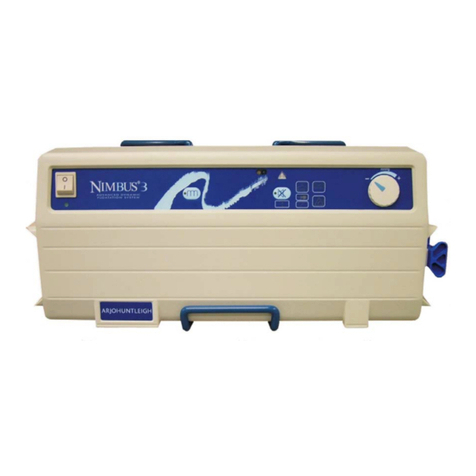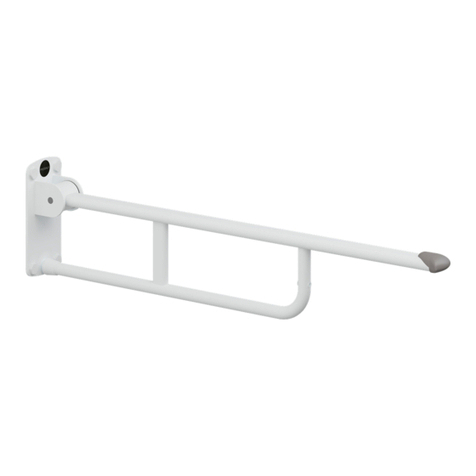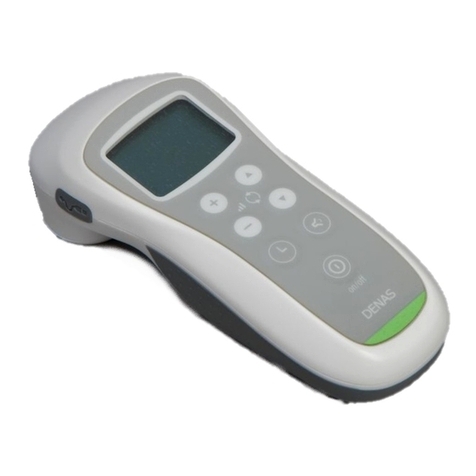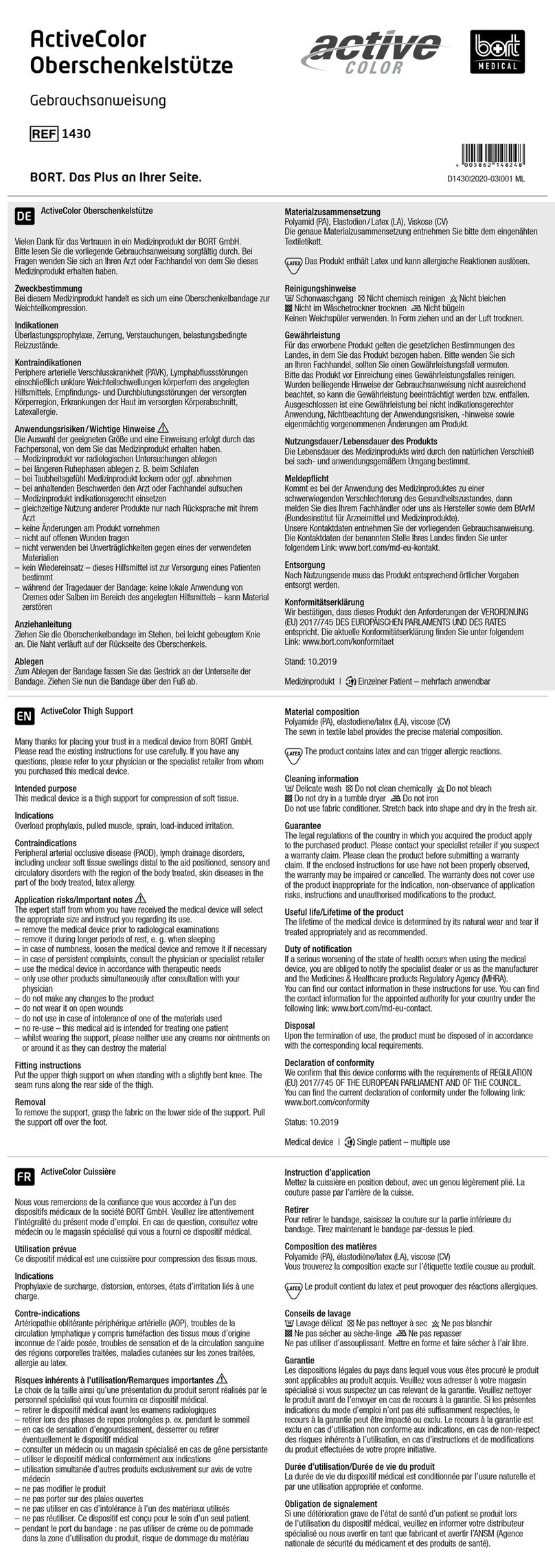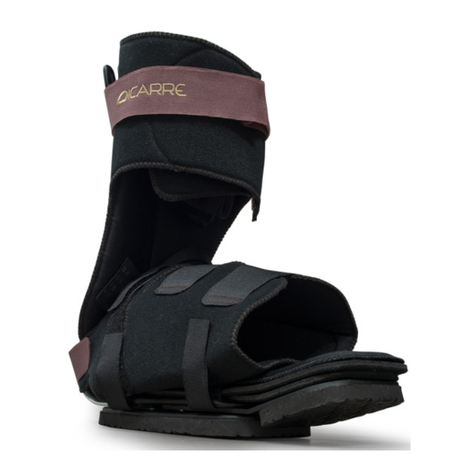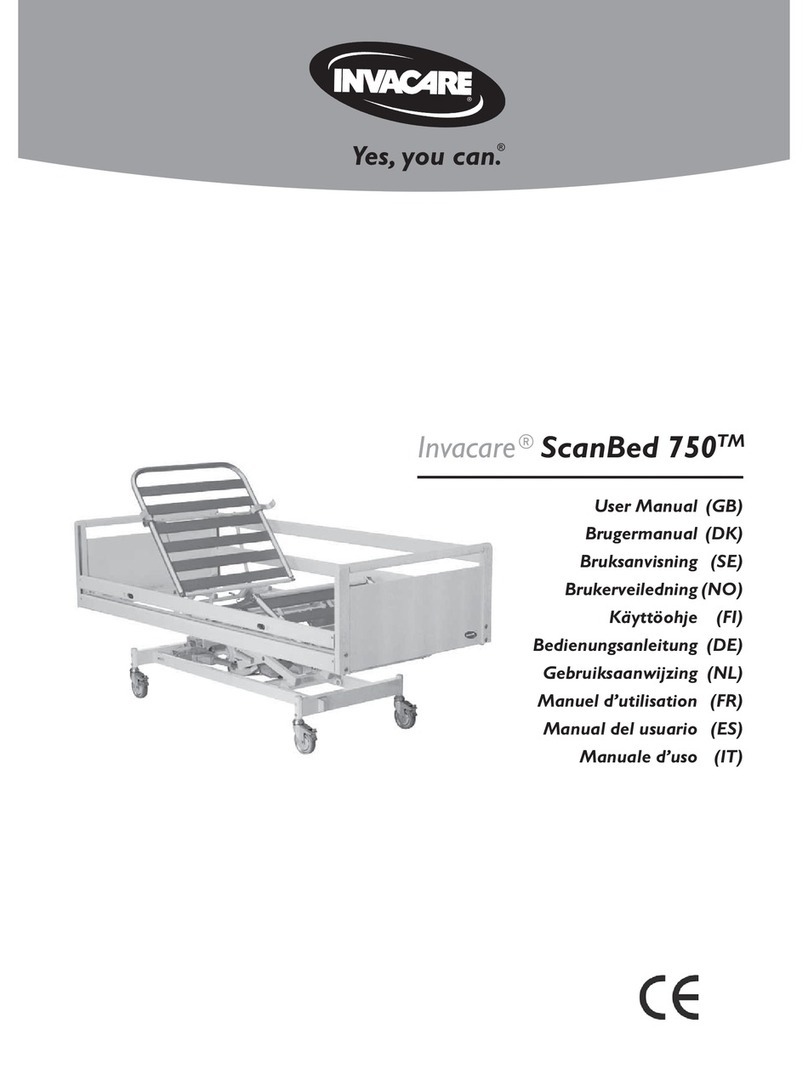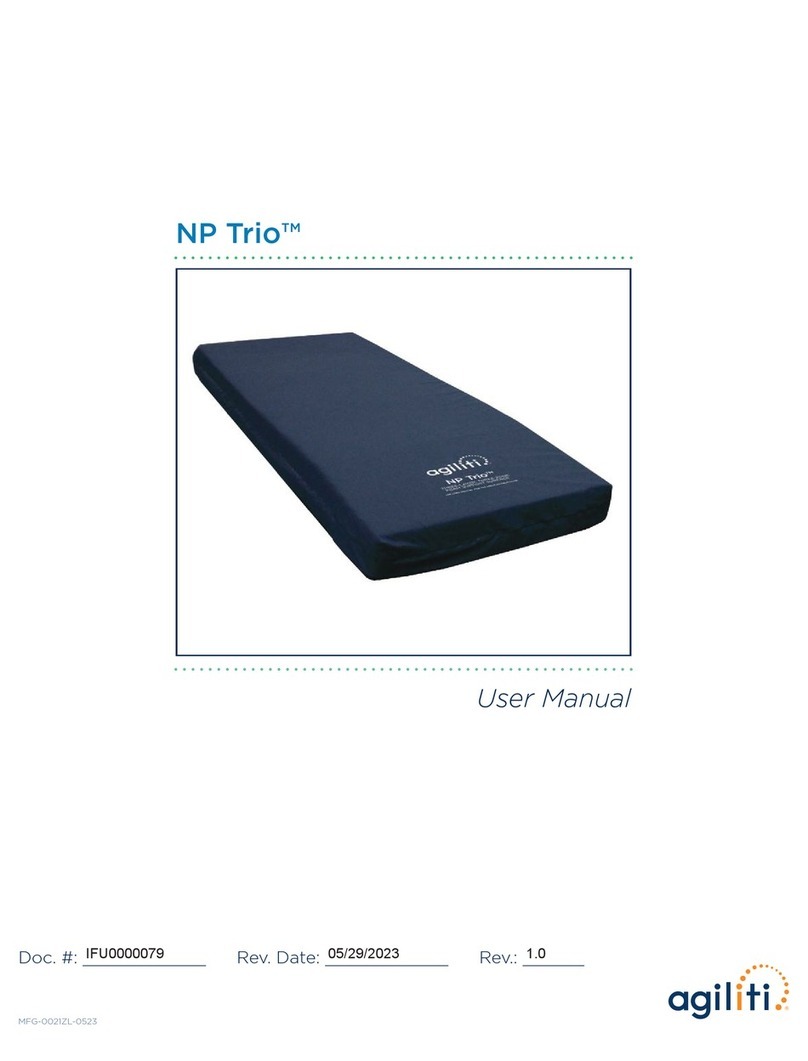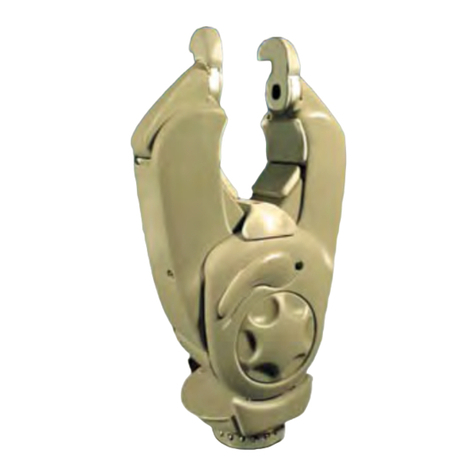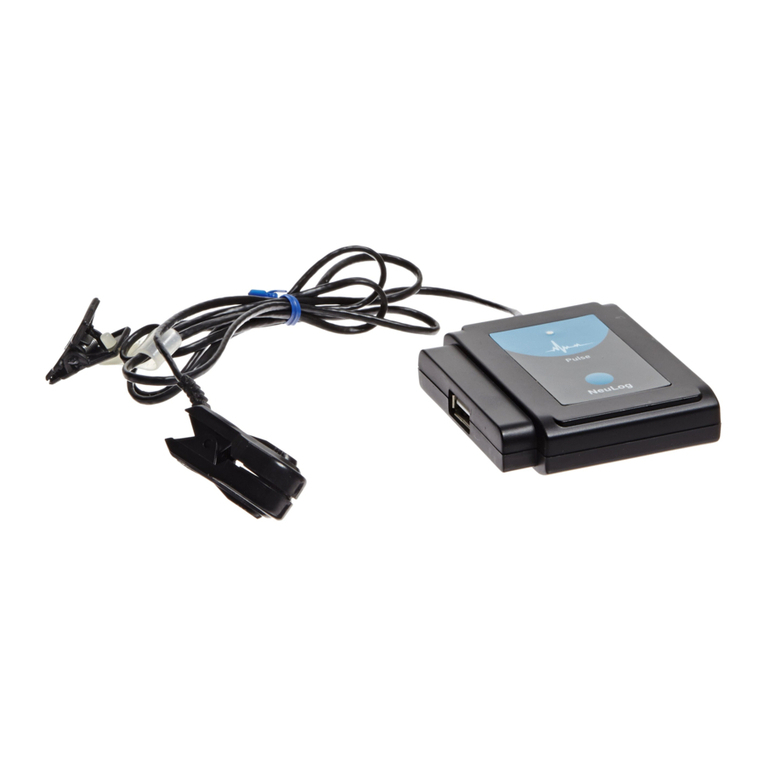9
Cungdiscmakeslileprogressincung
throughring(Connued)
Lockingscrewunwindsduringoperaon
Carbidecungdisc(Ref.A-Z224)
Ifcungdiscisworndowntoplasc
spacers,replacedisc.
Baeries have been loaded into baery
cassee incorrectly. Re-load baeries into
cassee in the correct order and make sure
the arrows on the baery cassee and the
GEM II unit are aligned.
F.A.Q’s
1. Howmanyringswillacungdisccut
through?
2. Whyisitnecessarywhencungthrough
hardmetalstomakeacuthalfway
throughtheringononesideandthen
allthewaythroughinaposiondirectly
oppositetherstcut?
A carbide disc acng on a so metal, i.e.
Gold wedding ring approximately 4mm
wide by 1mm thick will cut through 10-15
rings.
A diamond disc acng on a hard metal, i.e.
steel 4mm wide by 1mm thick would be
capable of cung through approximately 6
rings allowing for the fact that a hard metal
requires cung in 2 separate locaons on
the ring.
N.B. The cung surface of the ring must be kept as cool as pos-
sible to preserve the diamond grit on the cung edge of the disc.
This is achieved by cung for 3 or 4 seconds, pausing for a second
and repeang the process.
Rings made of hard metals when cut
through tend to close up trapping the
cung disc. This is due to the high tensile
strength in the metal. Parally cung
through a ring signicantly reduces the ten-
sion in the ring so that when the ring is cut
through on the opposing side to the rst cut
the ring won’t collapse in on itself and trap
the cung disc.
